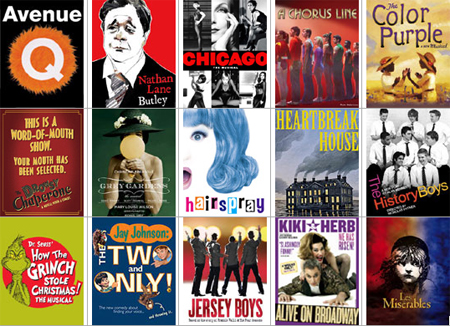Hester argues that community participation in design and planning is paramount. It brings to the fore the social, economic, and ecological issues at stake, as well as the dreams and hopes embodied in the spaces to be redesigned. Hester describes a variety of low cost and effective tools for community participation. He emphasizes, however, that participation must be facilitated by “a view” of the desired future on the part of city officials, designers and planners. He warns that participation for its own sake can lead to a gridlock where nothing can be agreed upon, or resulting plans run against social and economic goals.
“Two irrepressible forces underlie my work: the human desire for participatory democracy and ecological limits. There are many more democracies in the world today and resource limits are more critical, complex, and misunderstood. More than any other factors, democracy and limits shape public landscape design.”
According to Hester, people seeking to design sociable neighborhoods must clarify the concept of “residents’ own” spaces, and then they must decide how to delineate those spaces. The word “own” refers to a collective, symbolic community ownership and can often apply to highly contested areas. Hester points out that spaces such as trash dumps, phone booths, secret niches, ponds and transportation corridors often emerge as “owned” in community analyses. He emphasizes that we need to understand the value of those spaces for different groups in the community, and find ways of increasing this value without losing the sense of community and identity the spaces provide. He, too, describes a process by which to delineate neighborhood spaces.
.png)








